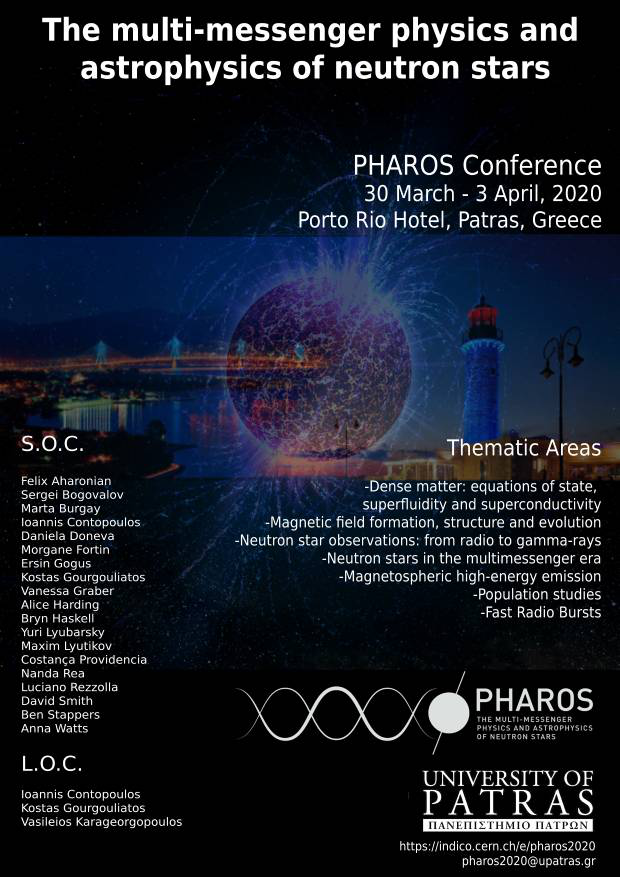Speaker
Description
We revisit the accretion induced collapse (AIC) process, in which a white dwarf collapses into a neutron star. We are motivated by the persistent radio source associated with the fast radio burst 121102, which was explained by Waxman (2017) as a weak stellar explosion with a small (∼ $10^{-5}\,M_\odot$) mass ejection. Since a typical supernova ejects much larger amount of mass, we study the possibility that an AIC caused the weak explosion. Additionally, the interaction of the
relatively low ejected mass with a pre-collapse wind might be related to fast optical transients.
The AIC is simulated with a one-dimensional, Lagrangian, Newtonian hydrodynamic code, and we put an emphasis on accurately treating the equation of state and the nuclear reaction network, which is necessary for any study that attempts to accurately simulate this process.
We leave subjects such as neutrino physics and general relativity corrections for future work.
Using an existing initial profile and our own initial profiles, we find that the ejected mass is ∼ $10^{-2}\,M_\odot$ − $10^{-1}\,M_\odot$ over a wide range of parameters, and construct a simple model to explain our results. Our results probably provide an upper limit to the ejected mass from AIC events.

